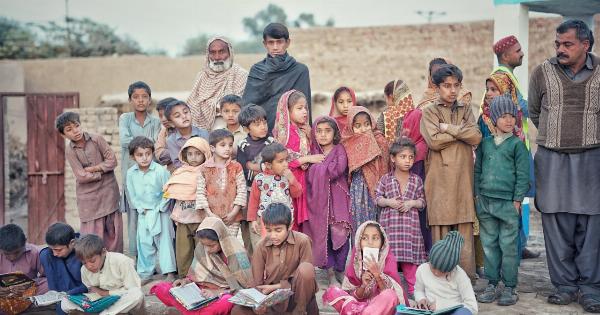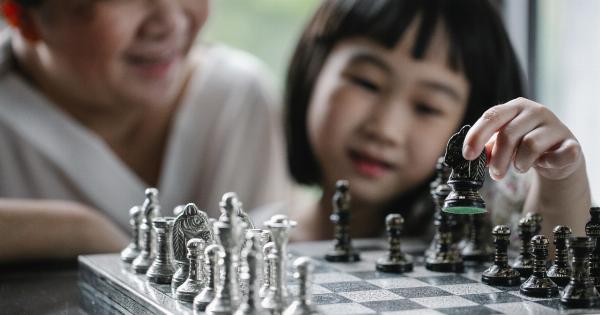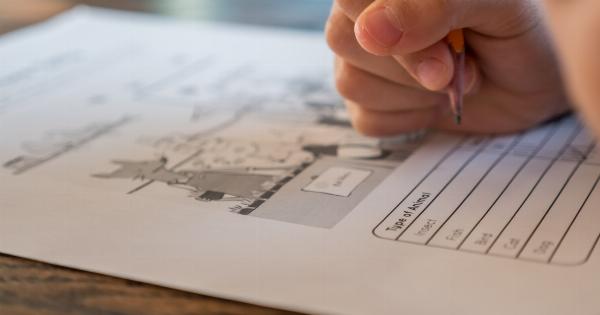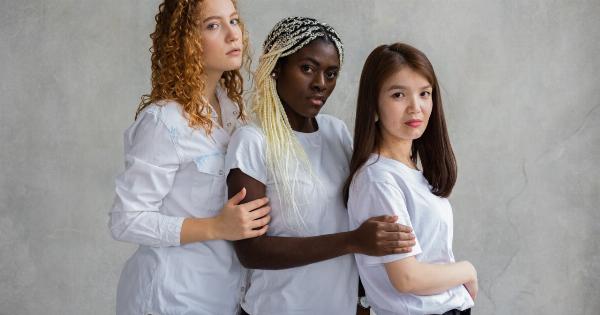As children progress through their school years, they often experience various changes in their social status. A recent survey aimed to uncover the patterns and trends in how school students’ social status evolves as they grow up.
This article will delve into the findings of the survey and provide an in-depth analysis of the factors that contribute to these changes.
Methodology
The survey involved a diverse sample of school students across different grades, ranging from elementary to high school.
Participants were asked a series of questions related to their social interactions, friendships, and their perceived social standing among peers. The data collected was then analyzed to identify any notable patterns and trends.
The Role of Physical Appearance
One of the key factors highlighted by the survey was the influence of physical appearance on social status. In the early years of school, children often form impressions based on external factors such as looks and clothing.
Students perceived as attractive or stylish tended to enjoy higher social status, while those who did not conform to societal standards of appearance may have encountered difficulties in establishing their place within social hierarchies.
The Impact of Academic Performance
Academic performance emerged as another significant factor affecting students’ social status. Those who excelled academically were often regarded as role models and could command respect from their peers.
Conversely, students who struggled academically might face social ostracism or be perceived as less capable.
The Influence of Extracurricular Activities
Participation in extracurricular activities played a significant role in shaping students’ social status. Sports teams, clubs, and other group activities provided opportunities for students to forge meaningful connections with their peers.
Those actively involved in such activities were often viewed as popular and admired, thus elevating their social standing.
Friendships and Social Circles
The survey also highlighted the importance of friendships in determining social status. Students who managed to establish strong, supportive friendships tended to experience higher social status within their respective social circles.
These relationships provided a sense of belonging and acceptance, allowing individuals to navigate the complexities of school life more effectively.
The Impact of Personality Traits
Personality traits significantly contributed to the evolution of students’ social status. Those displaying attributes such as confidence, charisma, and empathy often garnered admiration and popularity.
Conversely, individuals with shy or introverted personalities may have encountered challenges in forming connections and establishing their social standing.
Changes in Social Dynamics Over Time
As students progress through different grade levels, the dynamics of their social interactions often undergo noticeable changes.
The survey revealed that during the early years of elementary school, social hierarchies may be more rigid, with social standing being primarily influenced by superficial factors. However, as students advance into middle and high school, social status becomes more nuanced and multifaceted.
The Influence of Peer Pressure
Peer pressure plays a significant role in students’ social status. Conforming to societal norms and group expectations can impact one’s social standing positively or negatively.
Students may face pressure to adopt certain behaviors, interests, or even conform to specific fashion trends to gain acceptance and maintain their social status within their peer group.
Gender and Social Status
The survey findings also revealed gender disparities in students’ social status.
While physical appearance and extracurricular activities played a role for both genders, boys’ social status was more connected to athletic abilities, while girls’ social status correlated more with physical appearance and social skills. These gender-based differences indicate the complex interplay between societal expectations, gender roles, and social status.
The Influence of Socioeconomic Status
Socioeconomic status also emerged as a significant factor affecting students’ social standing.
The survey indicated that individuals from higher-income backgrounds tended to enjoy more prominent social status compared to their peers from lower-income families. This disparity highlights the wider societal inequalities that can impact social dynamics within schools.
Conclusion
The survey results shed light on the various factors that contribute to the changes in school students’ social status as they grow up.
Physical appearance, academic performance, extracurricular activities, friendships, personality traits, peer pressure, gender, and socioeconomic status all play a role in shaping students’ social standing. Understanding these dynamics can assist educators, parents, and students themselves in fostering a more inclusive and supportive school environment.






























